Arts & Crafts
Art Pottery
After London’s Great Exhibition of 1851, advocates of the Arts and Crafts movement disparaged ornate factory-made porcelain. Design reformers, such as William Morris, encouraged a return to pre-industrial production methods and inspired artists in other media to work in ceramics. Sculptors, including George Tinworth and Robert Wallace Martin, modeled in terracotta which was more affordable than carving in stone or casting in bronze. Painters worked on glazed tile pictures which were very popular in Victorian homes as they could be cleaned easily in the sooty interiors caused by candles, coal fires, and gas lights.
At Minton’s Art Pottery in London, young women were employed to decorate vases, plaques, and tiles from 1870 until the studio was destroyed by fire in 1875. Pottery painting also became very popular with ladies of leisure in the late 19th century. Chinamania was satirized by popular cartoonists and the new aesthetes were ridiculed in Patience, the Gilbert and Sullivan operetta.
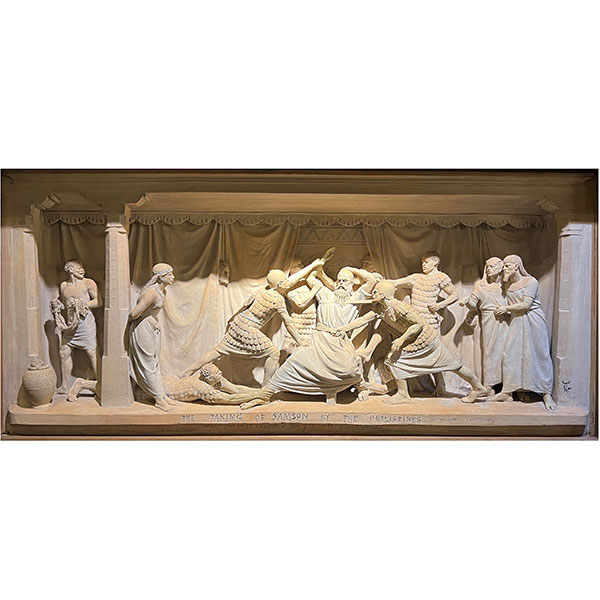
The Taking of Samson Terracotta Panel
by G. Tinworth c. 1885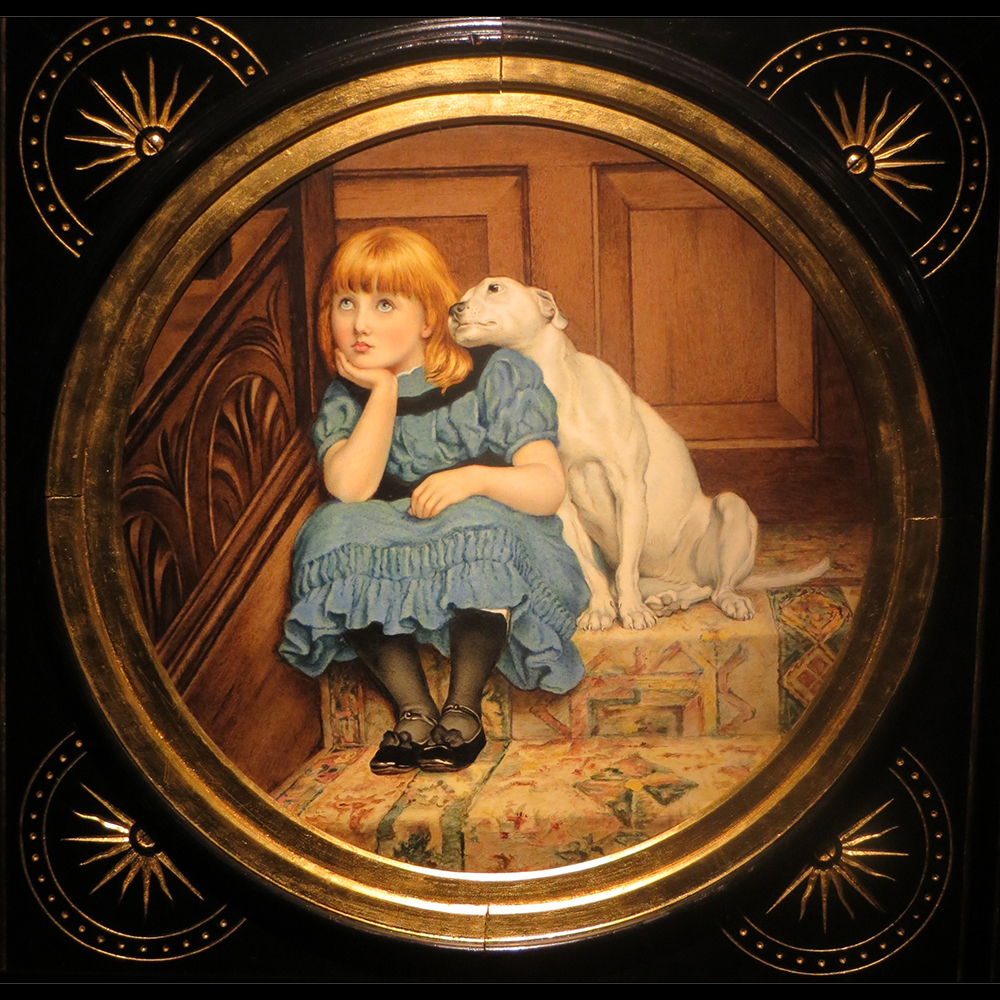
Minton Sympathy Plaque
after B. Rivière c.1878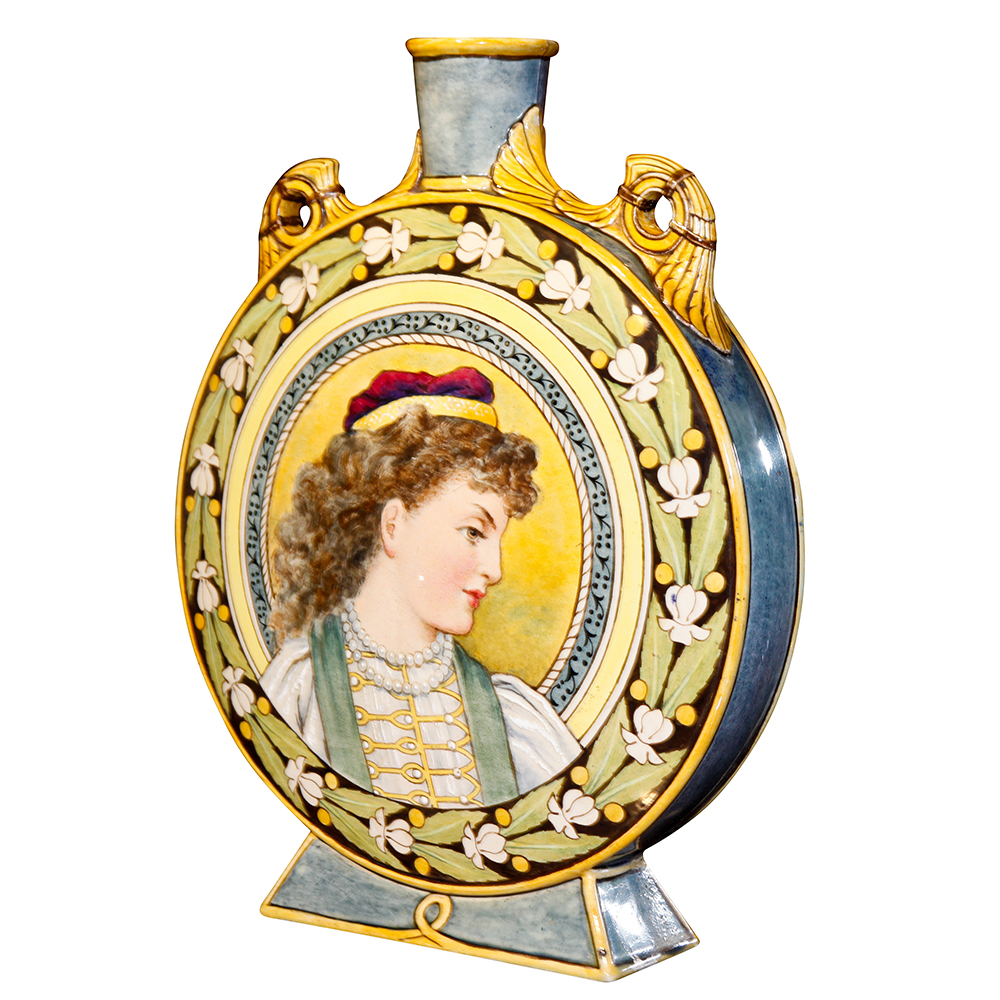
Minton Pilgrim Flask c.1872
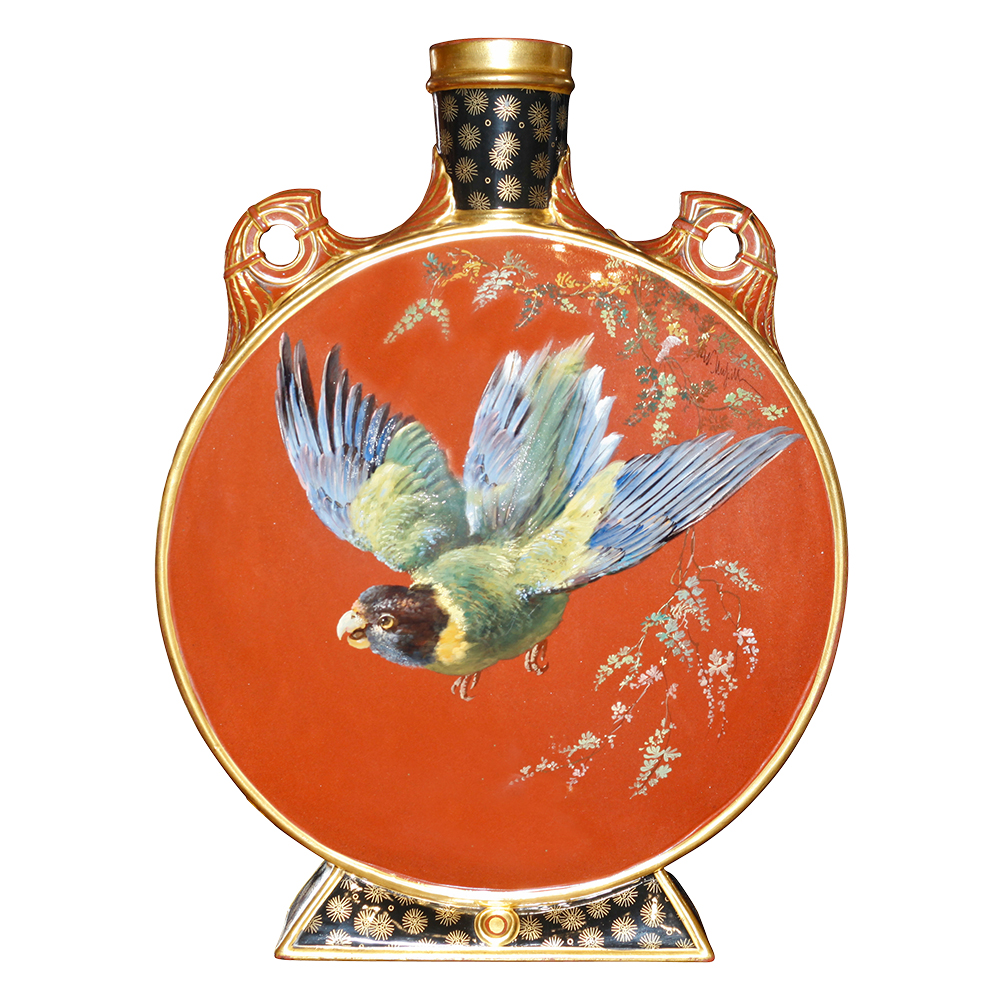
Minton Pilgrim Flask by W. Mussil c.1872
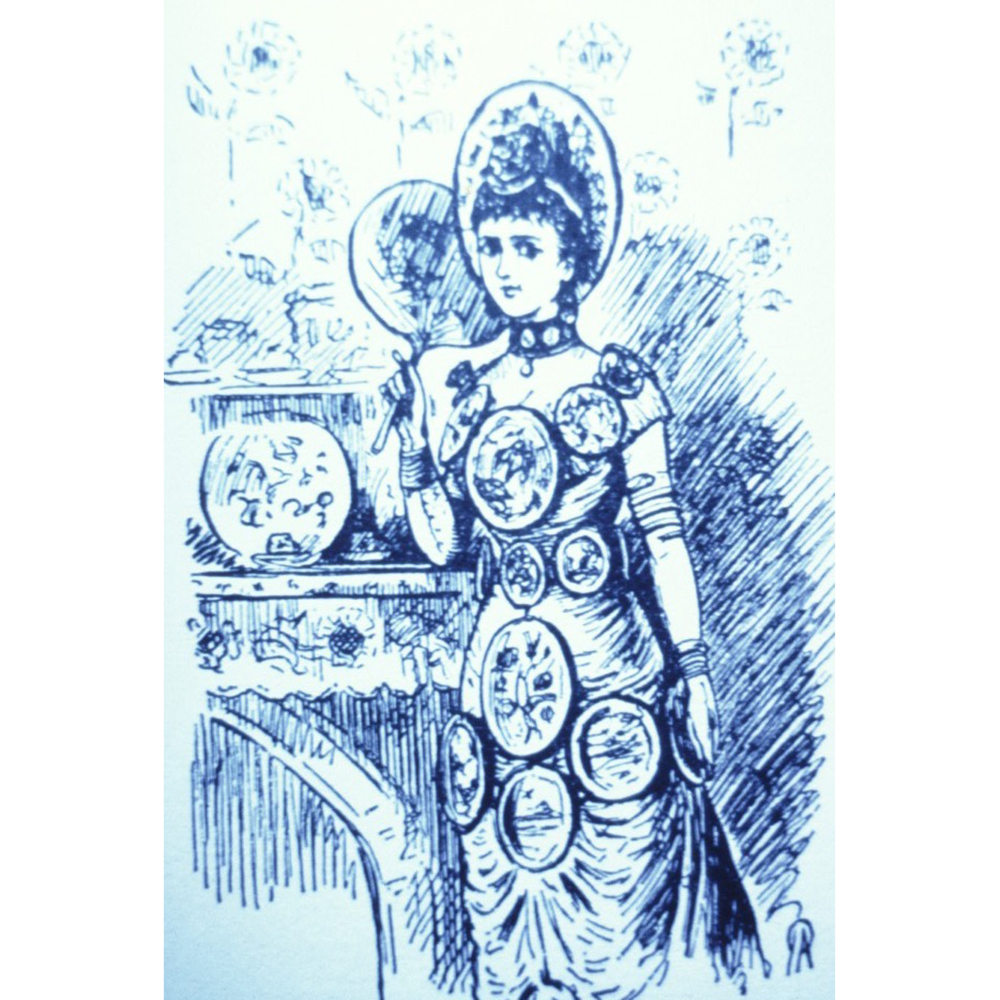
Chinamania Cartoon Punch Magazine 1879
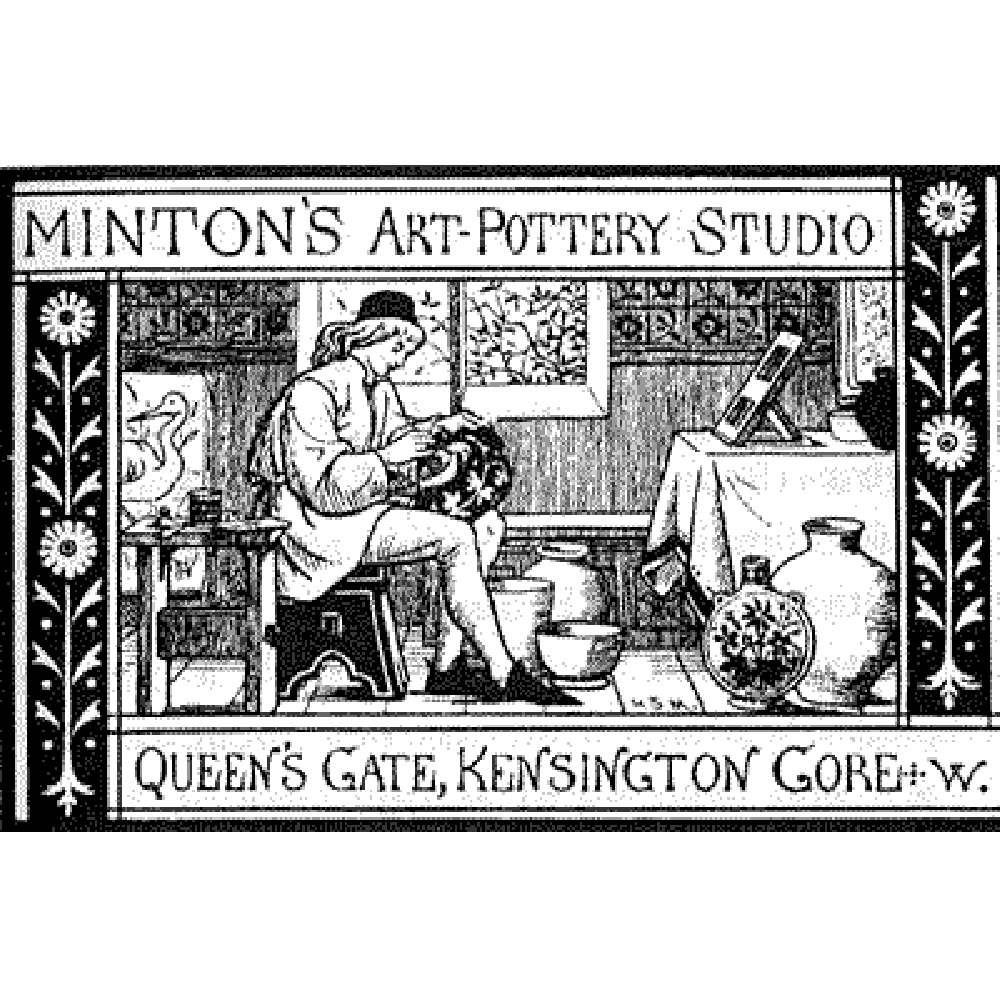
Minton Art Pottery Studio Advertisement
Glazed Expressions
Many sculptors turned to clay as a less costly medium of artistic expression than bronze or stone. In 1877, the Martin Brothers set up a pottery studio in South London producing some of the most bizarre designs of the era. Robert Wallace Martin, a sculptor by training, is known for his grimacing face jugs and quirky bird jars, caricaturing personalities of the day. Walter and Edwin Martin made vases decorated with flowers, reptiles and monstrous fish. Walter Martin was in charge of throwing the vases and managing the salt-glazed stoneware firings. Edwin Martin decorated the salt-glazed stoneware vases with incised designs of flowers, reptiles and fabulous fish. Supposedly his underwater scenes were inspired by fanciful accounts of microscopic life in the polluted River Thames. Later works took inspiration from marine and plant life including sea urchins and gourds.
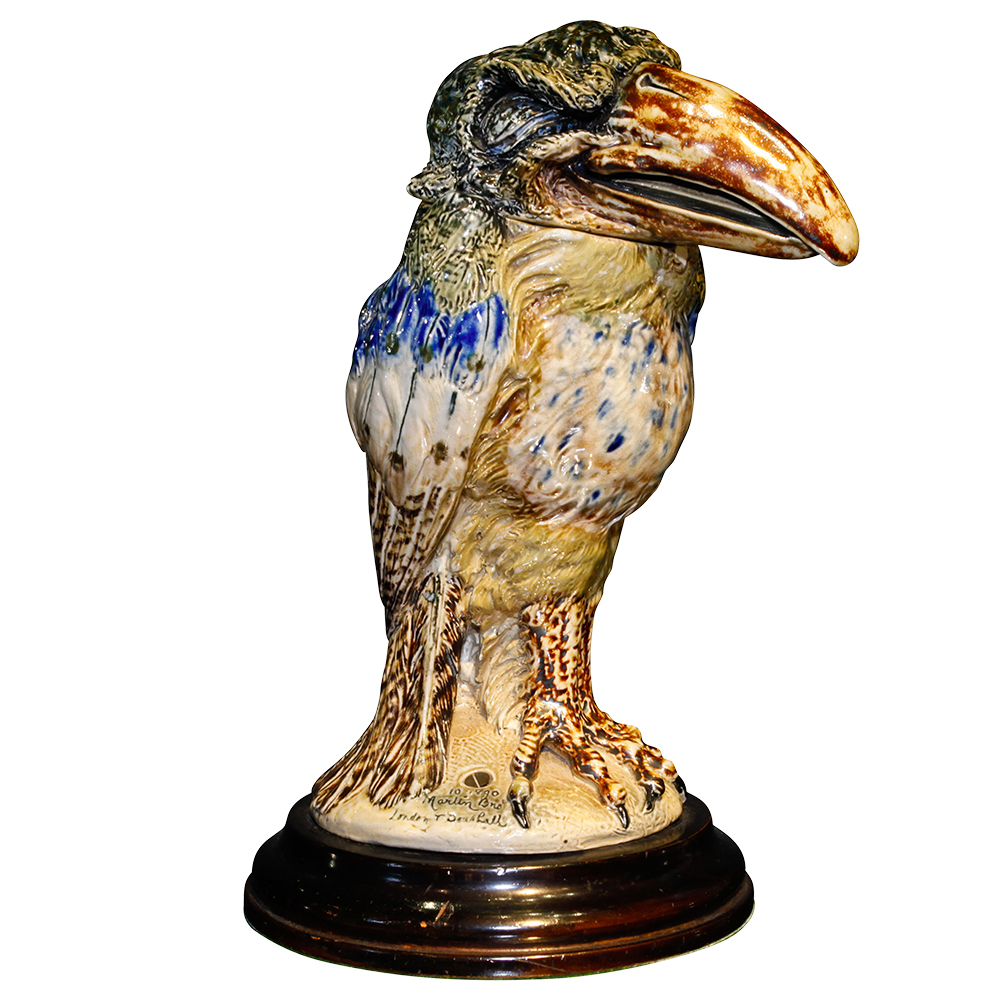
Martin Brothers Stoneware Bird Jar 1905
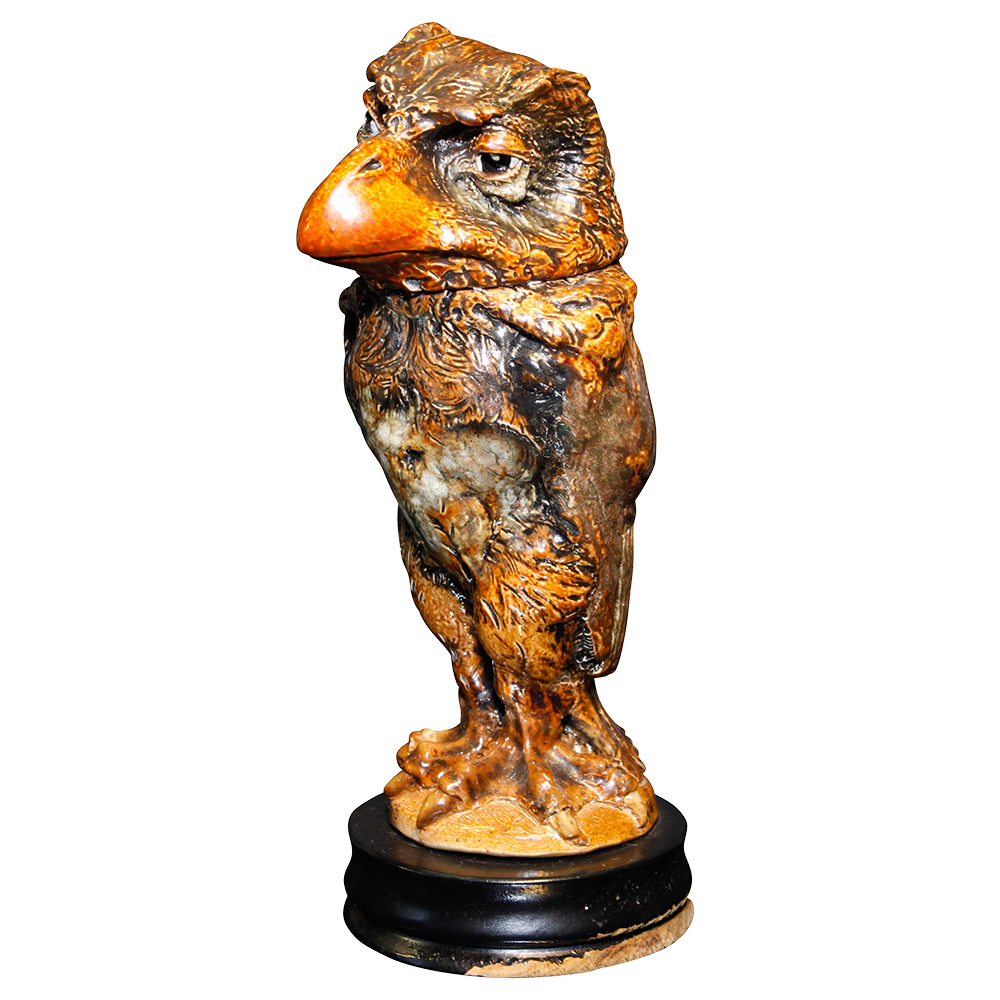
Martin Brothers Stoneware Bird Jar 1889
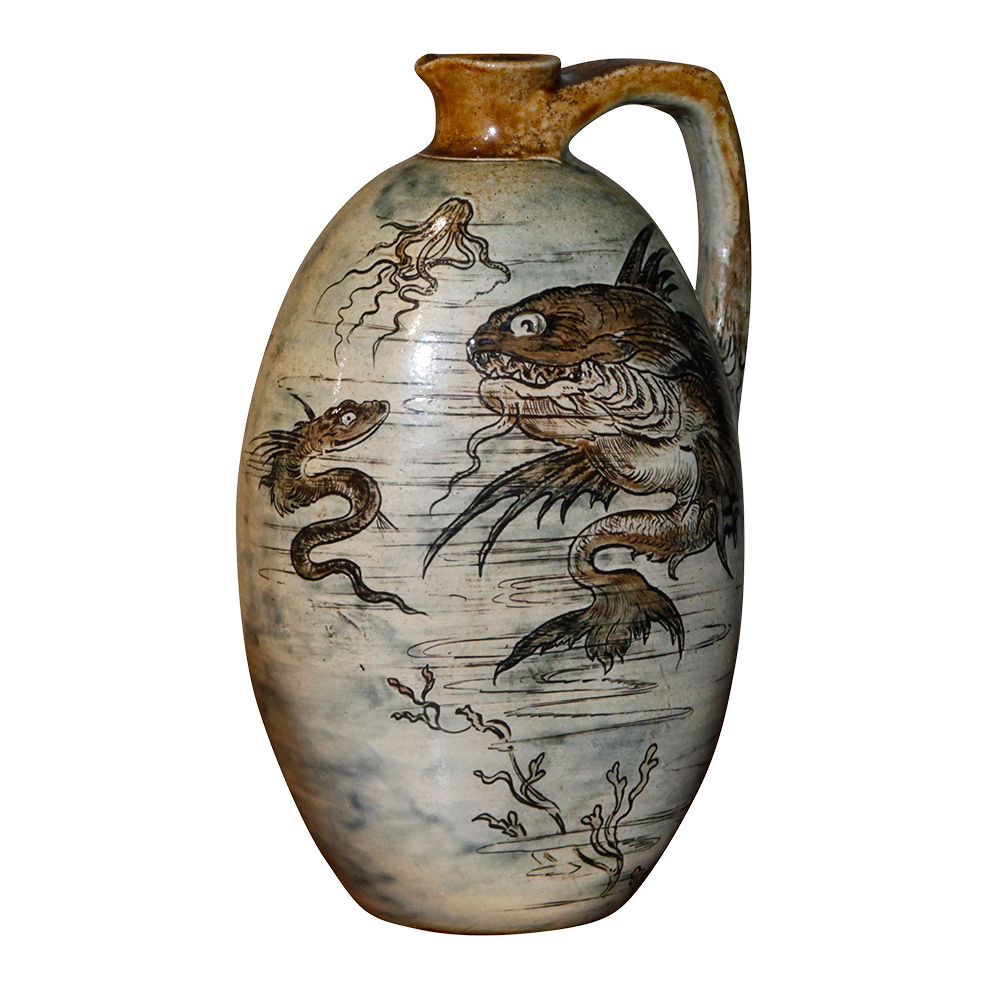
Martin Brothers Stoneware Fish Jug c.1890
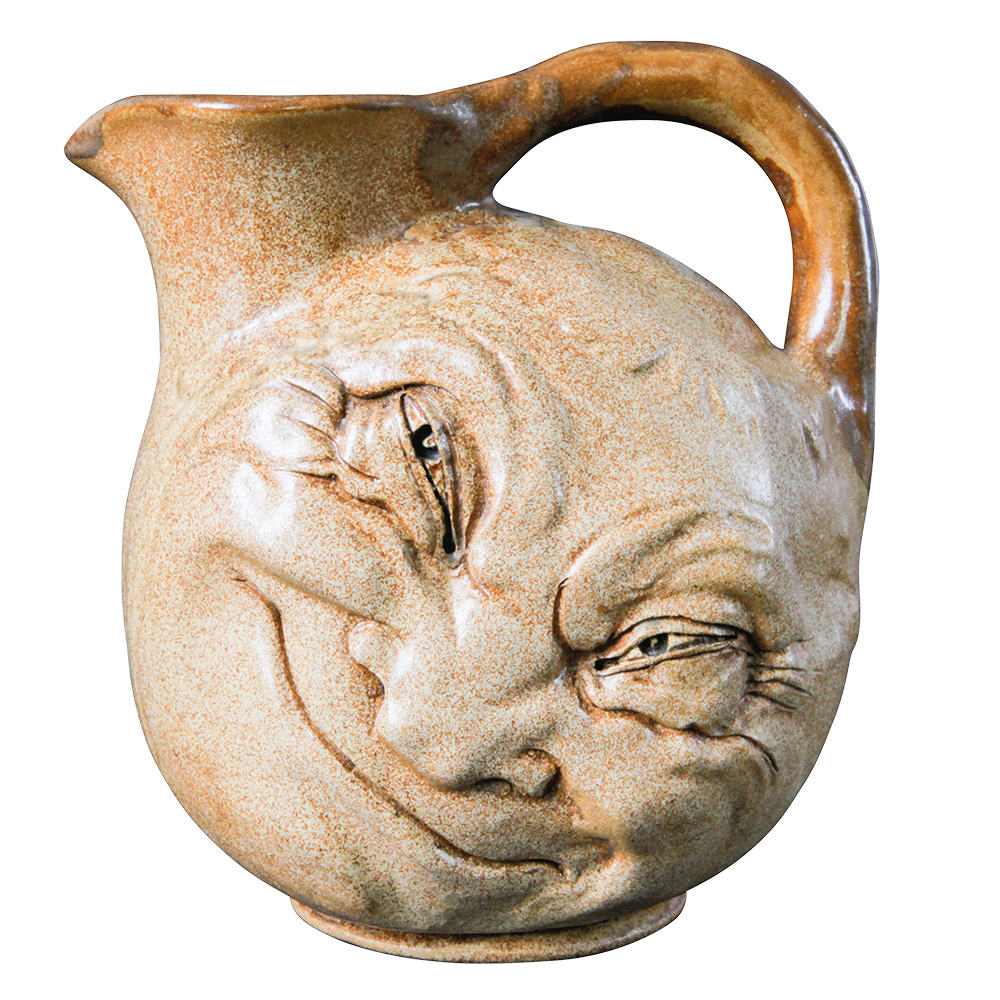
Martin Brothers Stoneware Face Jug 1890
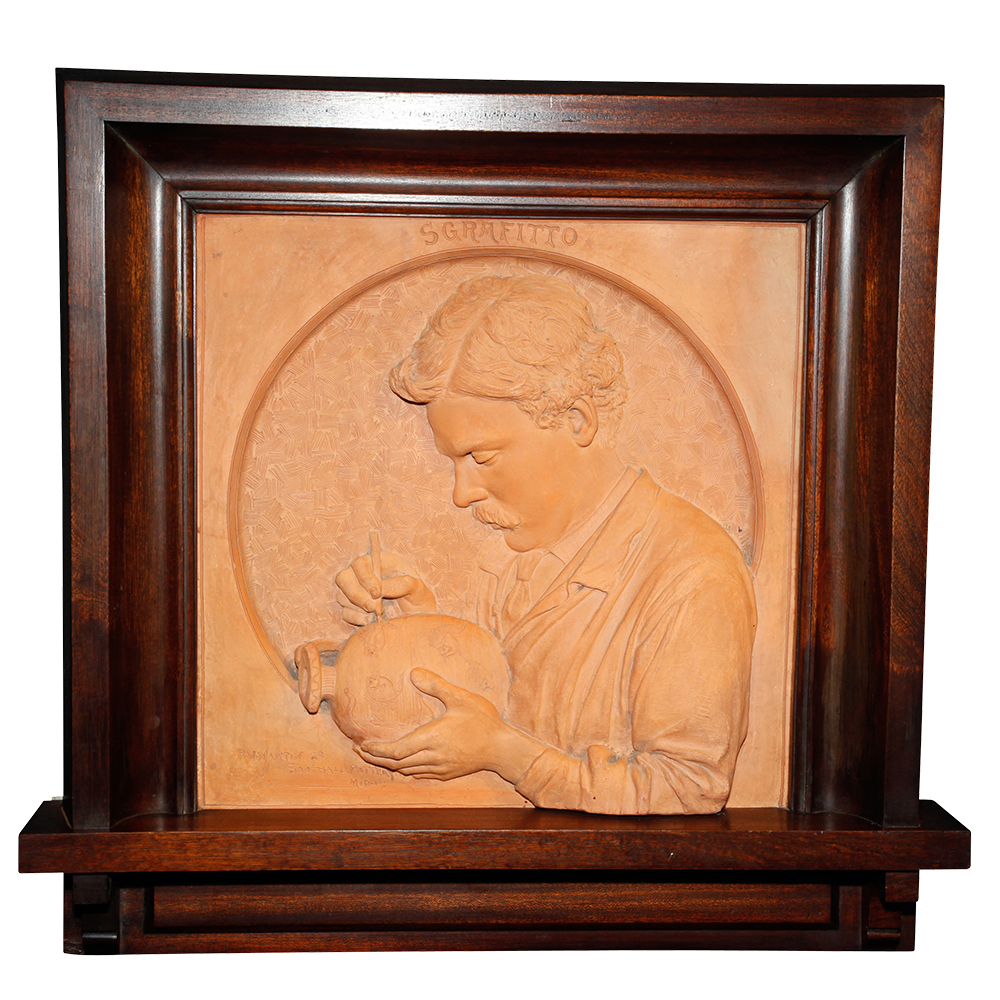
Martin Brothers Terracotta Portrait
of Edwin Martin by R. W. Martin c.1880
Magic of Moorcroft
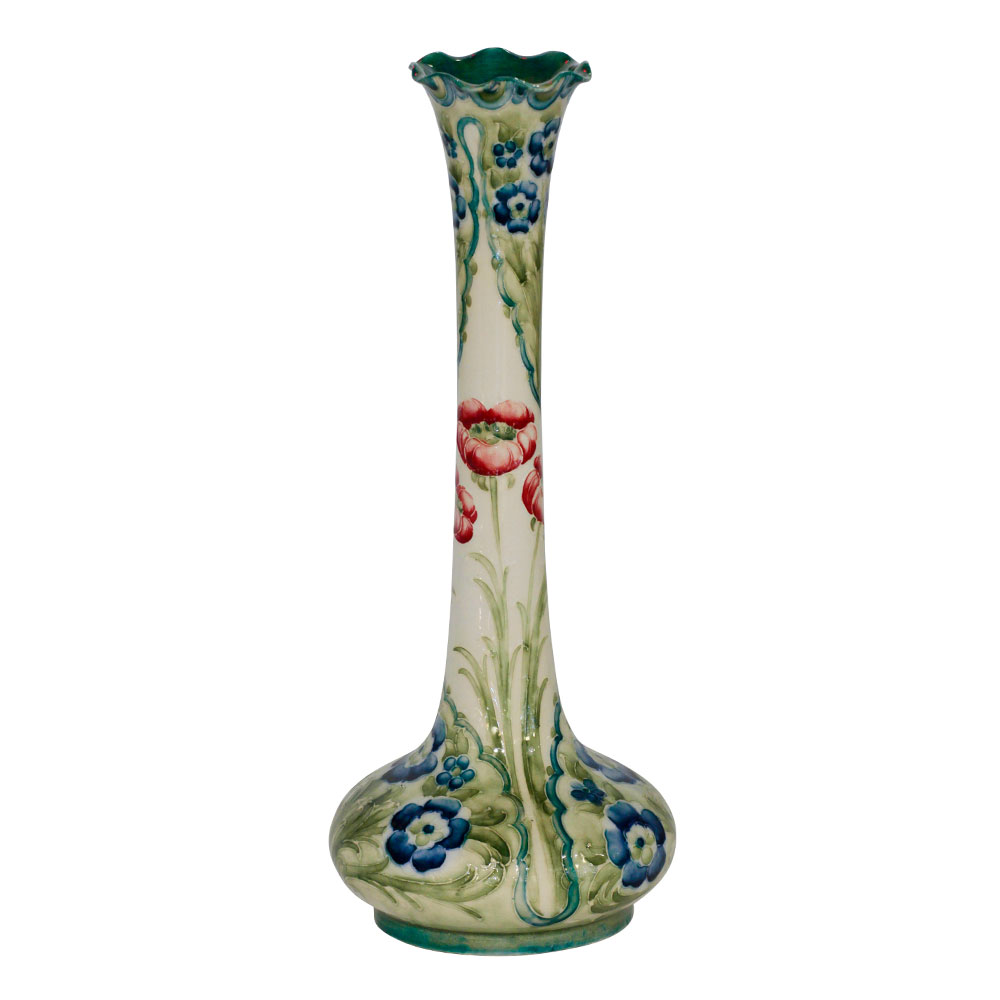
Macintyre Florian Honesty Vase
by W. Moorcroft c.1905
Macintyre Alhambra Vase
by W. Moorcroft c.1905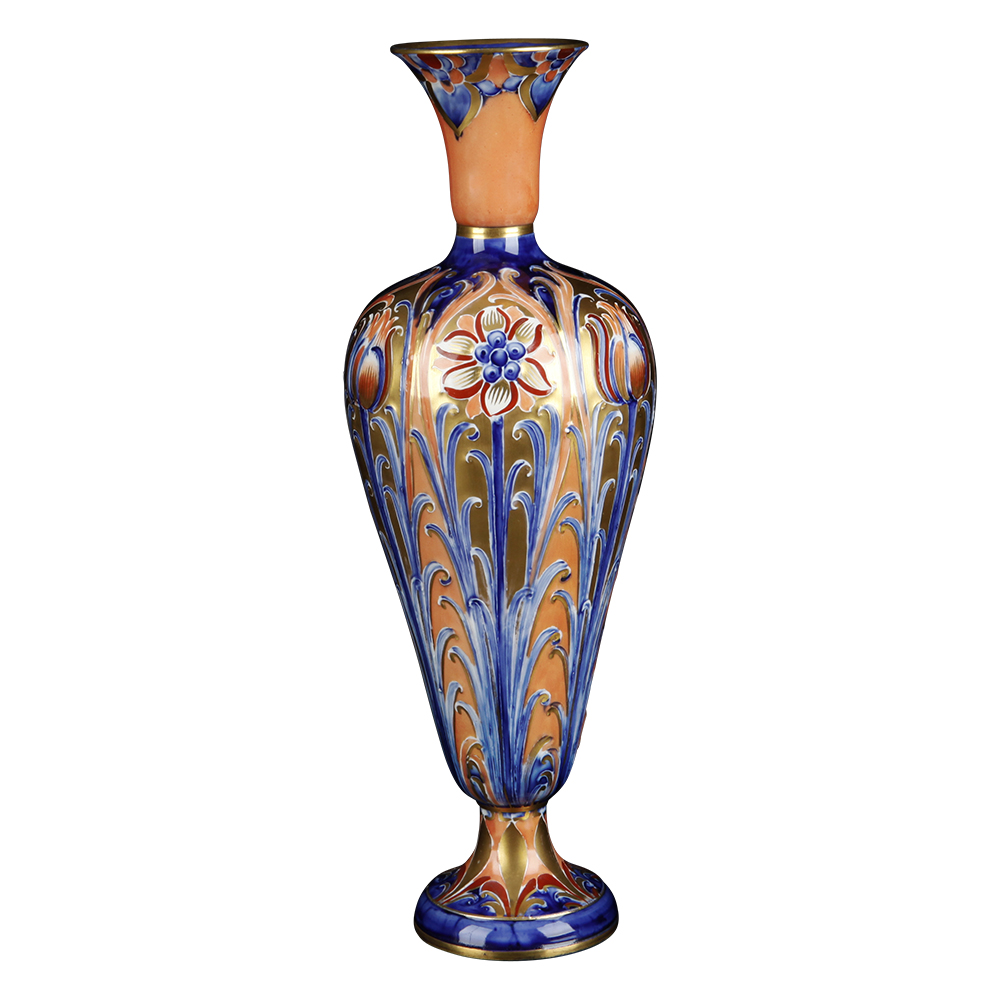
Macintyre Alhambra Vase
by W. Moorcroft c.1903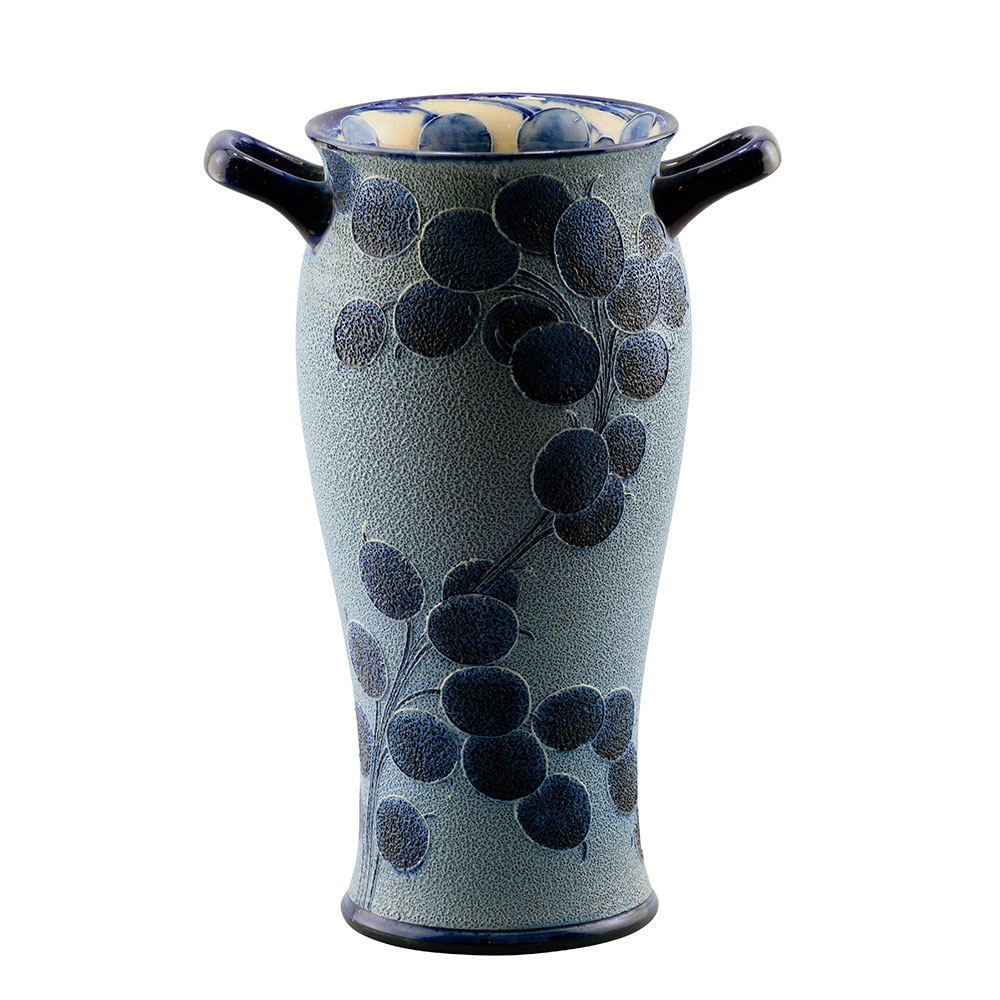
Macintyre Florian Honesty Vase
by W. Moorcroft c.1905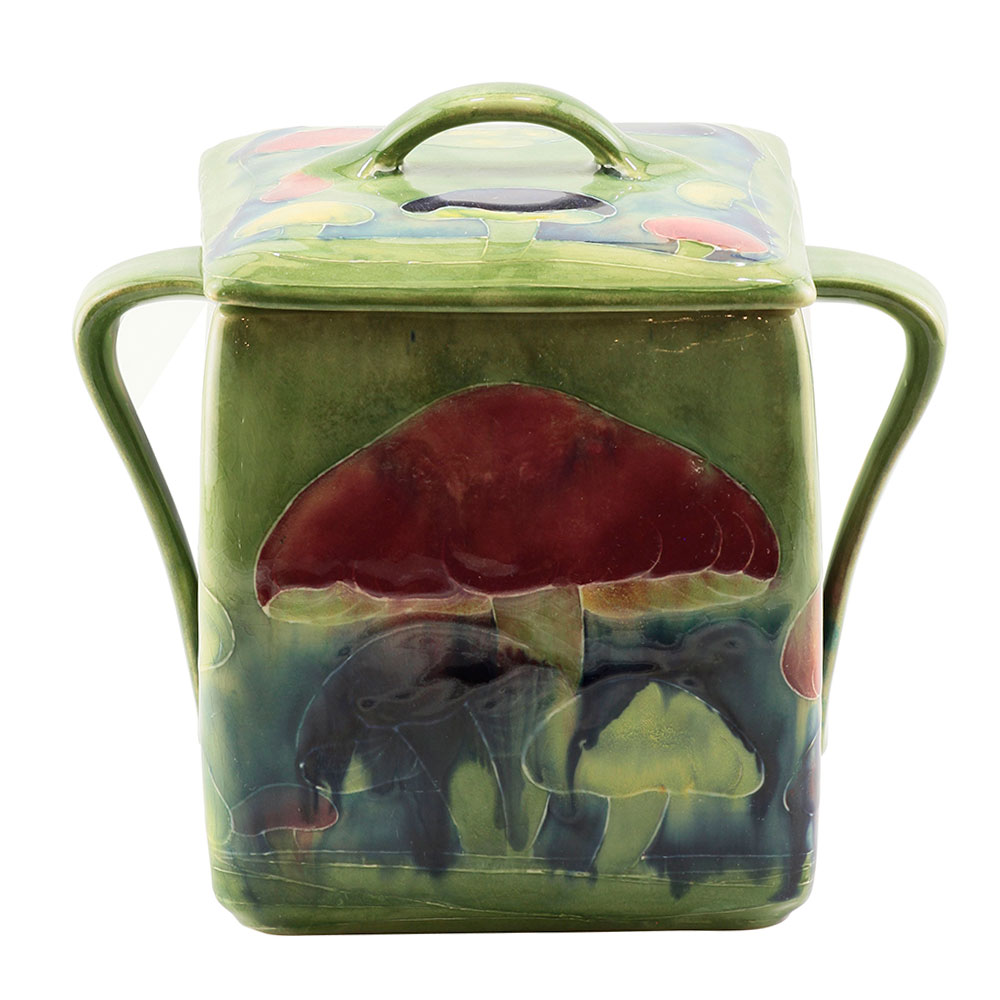
Macintyre Claremont Biscuit Box
by W. Moorcroft c.1905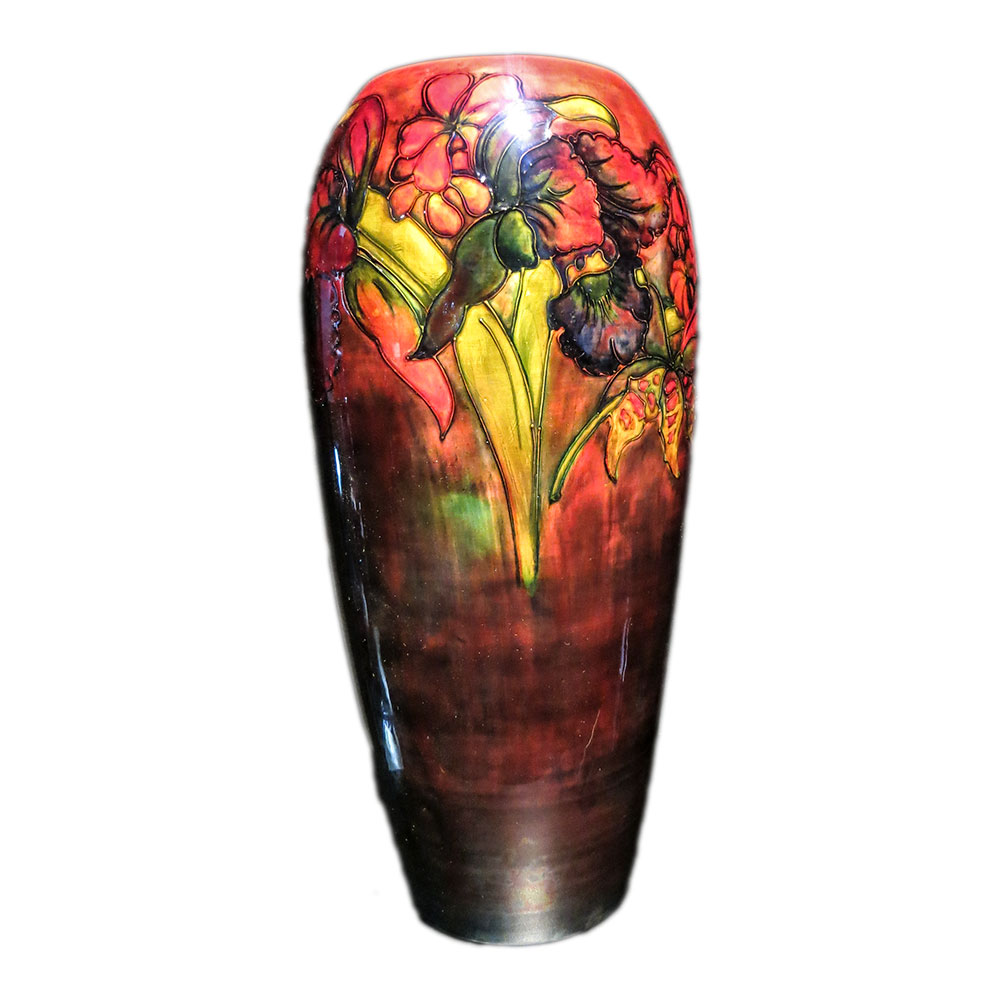
Moorcroft Flambé Orchid Vase
by W. Moorcroft c.1930
Moorcroft Pomegranate Ginger Jar
by W. Moorcroft c.1920
Moorcroft Orchids Vase
by W. Moorcroft c.1930
Moorcroft Caravan Vase by R. Bishop 2005
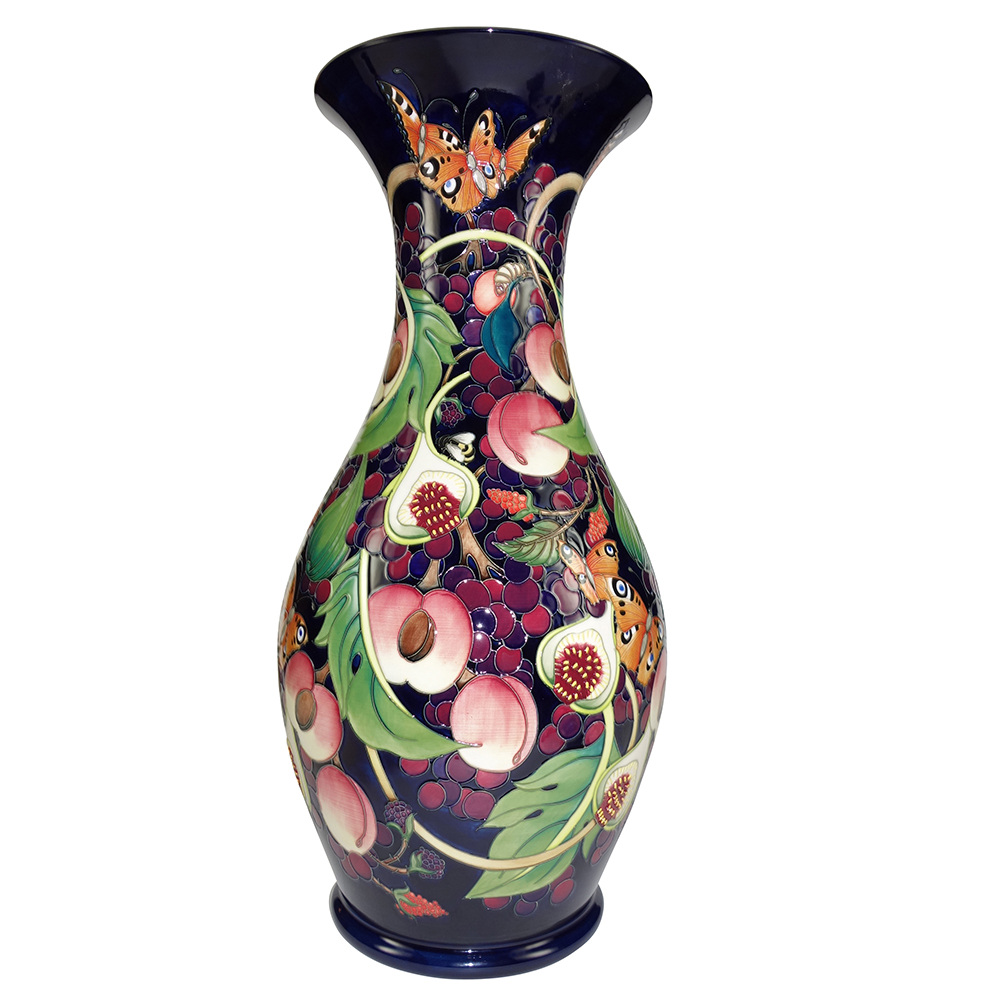
Moorcroft Queens Choice Vase
by E. Bossons 2006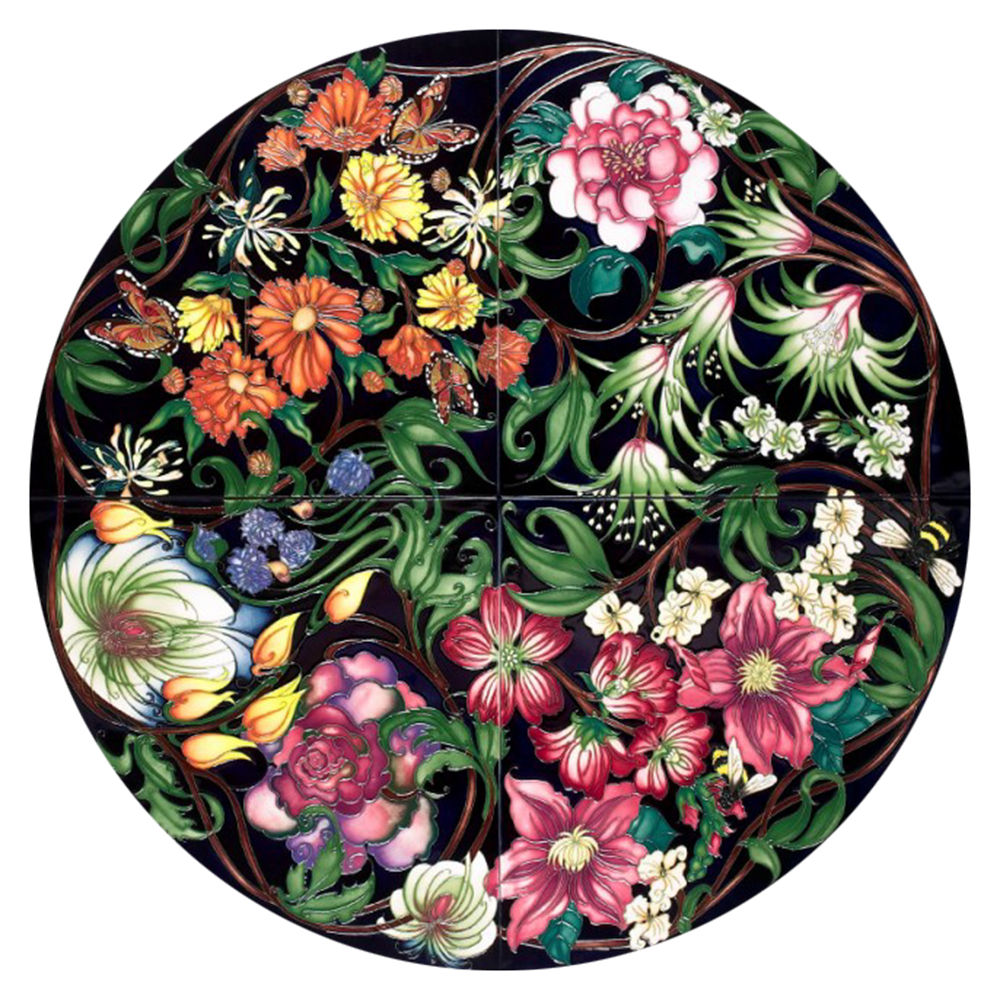
Moorcroft Tatton Park Tiled Table 2008
